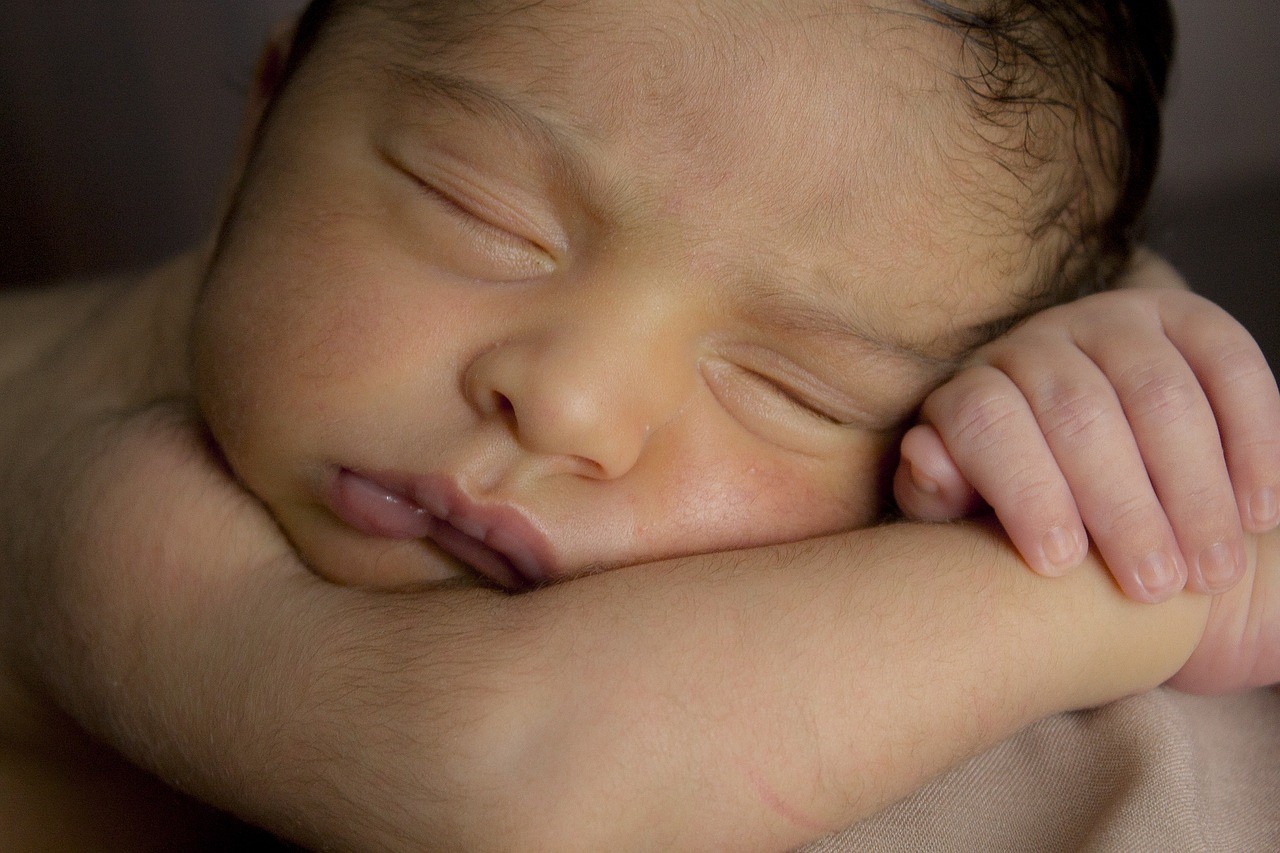
Cleft lip and palate: breastfeeding and prenatal diagnosis
Cleft lip and cleft palate: affected babies have difficulty feeding as soon as they are born. Here’s how to breastfeed a baby with this malformation of the lip and palate, which can be detected by prenatal screening
Cleft palate and cleft lip and palate are congenital malformations that occur during embryonic life and alter the normal formation of the lip, palate or both
Cleft lip, also known as “harelip”, is an opening or cleft in the upper lip. Cleft palate is an opening of the palate (roof of the mouth).
Cleft lip is a malformation in which cleft lip and cleft palate occur simultaneously.
Some children with cleft lip have a small cleft in the upper lip, others have a larger opening or hole, which can reach up to the nose.
The causes are still not entirely clear.
Scientific research suggests that the malformation is due to both genetic and environmental factors.
In some cases cleft palate or cleft lip can be associated with genetic syndromes or other diseases, the best known of which is the Pierre Robin sequence or syndrome.
Other possible causes are oligohydramnios, myotonia or connective tissue diseases.
One third of patients present with velocardiofacial syndrome.
CHILD CARE PROFESSIONALS IN NETWOK: VISIT THE MEDICHILD BOOTH AT EMERGENCY EXPO
Cleft lip and cleft lip and palate: how to breastfeed?
A child with cleft lip and palate may have difficulty sucking breast milk in the first few years of life and take food later.
The football position, or Rugby position, is recommended for breastfeeding.
It is necessary to carry out exercises to lower the tongue before attachment to the breast, fill the cleft (schisis) with breast tissue to prevent milk from escaping through the nose and finally manually squeeze the milk into the baby’s mouth during sucking.
Babies with these problems may have difficulty sucking with a normal bottle, so it is a good idea to enlarge the holes in the teat or use a special teat.
Possible alternatives are feeding with a syringe or drop-counter, with a spoon and/or with the application of an acrylic resin plate inside the mouth, in order to create an artificial separation between the mouth and nose cavities and to progressively favour the alignment of the gum arches.
This will also serve to make surgery easier.
In more serious cases it is necessary to use the nasogastric tube but for the shortest possible time.
It is important that the mother stimulates the baby with sucking exercises using her finger or a dummy, in order to maintain the sucking function.
Symptoms:
The main symptoms are:
- Sucking problems: mother’s milk, bottle;
- Tooth problems: The child with cleft lip and palate often has missing, overlapping or crooked teeth. This requires check-ups and dental and orthodontic corrections;
- Speech problems: Some children with cleft lip and palate have difficulty expressing themselves and need speech therapy to learn to speak well;
- Recurrent ear infections (otitis): numerous episodes of otitis can cause hearing loss. Specialist visits to an ENT specialist are therefore necessary to determine whether a tympanic drain (a small tube in the eardrum) needs to be placed in order to drain the fluid that collects inside and encourages infections.
Diagnosis of cleft palate and cleft palate
The diagnosis of cleft palate is made by the neonatologist/pediatrician after birth during the first visit. In addition to the lips, the integrity of the palate is also checked.
Prenatal diagnosis
In some cases it is possible to carry out prenatal diagnosis during ultrasound scans of the foetus in utero.
The gynaecologist will be able to see any malformations of the lip on the ultrasound scan, but it is difficult to see any malformations of the palate.
If on the ultrasound scan the foetus has cleft lip or a suspected cleft palate, the doctor will have to examine the foetus more closely and carefully evaluate other organs that may be affected.
He will recommend prenatal genetic diagnosis.
The treatment of cleft lip and palate is essentially surgical.
Prevention:
To date, certain factors are recognised that may increase the chances of such alterations in pregnancy.
It is advisable to:
- Avoid anticonvulsant drugs and methotrexate;
- Do not smoke;
- Do not drink alcohol;
- Take a multivitamin containing at least 400 micrograms of folic acid for women who are pregnant or planning to become pregnant.
Read Also:
Emergency Live Even More…Live: Download The New Free App Of Your Newspaper For IOS And Android
Lymphoma: 10 Alarm Bells Not To Be Underestimated
Non-Hodgkin’s Lymphoma: Symptoms, Diagnosis And Treatment Of A Heterogeneous Group Of Tumours
Lymphadenomegaly: What To Do In Case Of Enlarged Lymph Nodes
Sore Throat: How To Diagnose Strep Throat?
Sore Throat: When Is It Caused By Streptococcus?
Pharyngotonsillitis: Symptoms And Diagnosis



